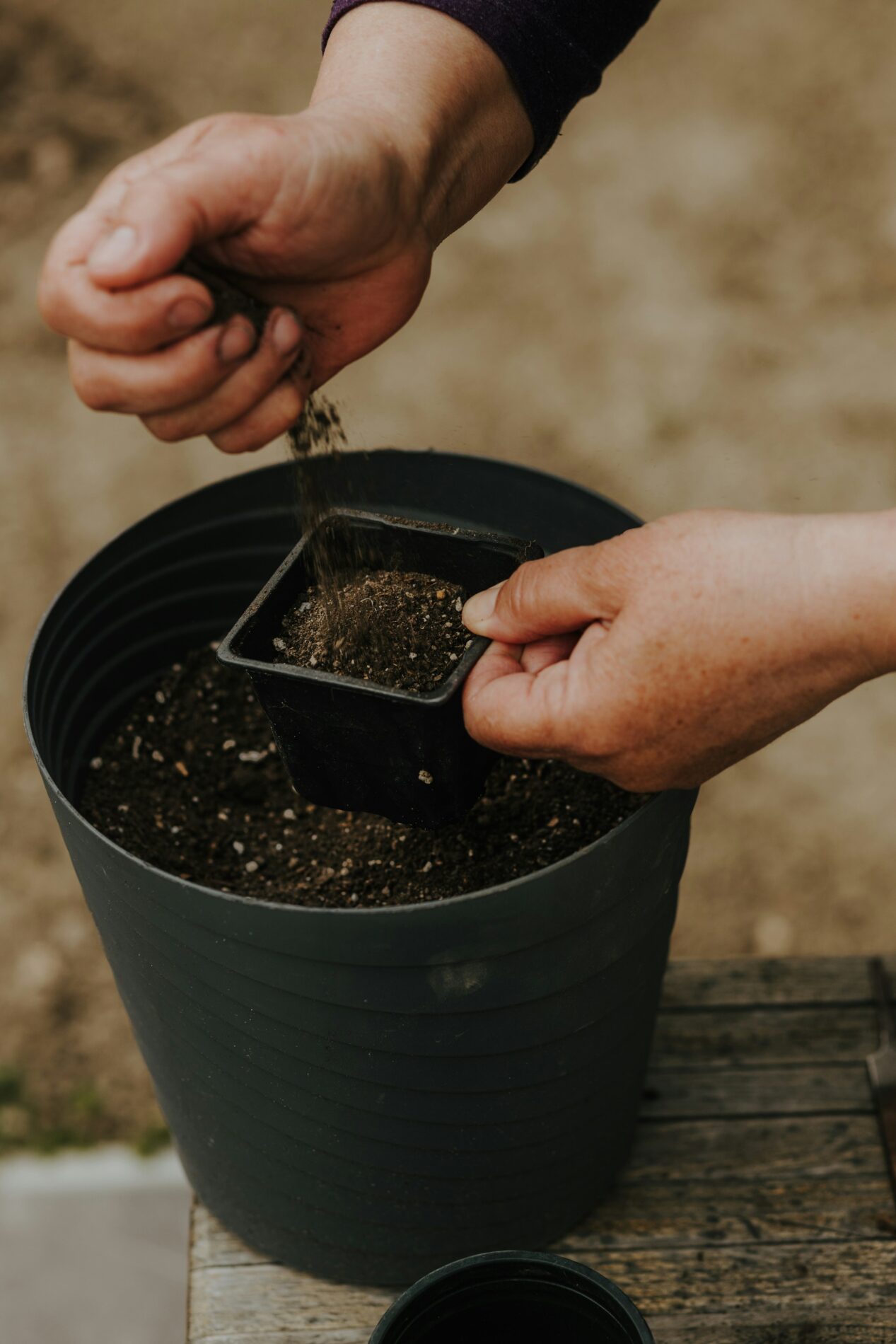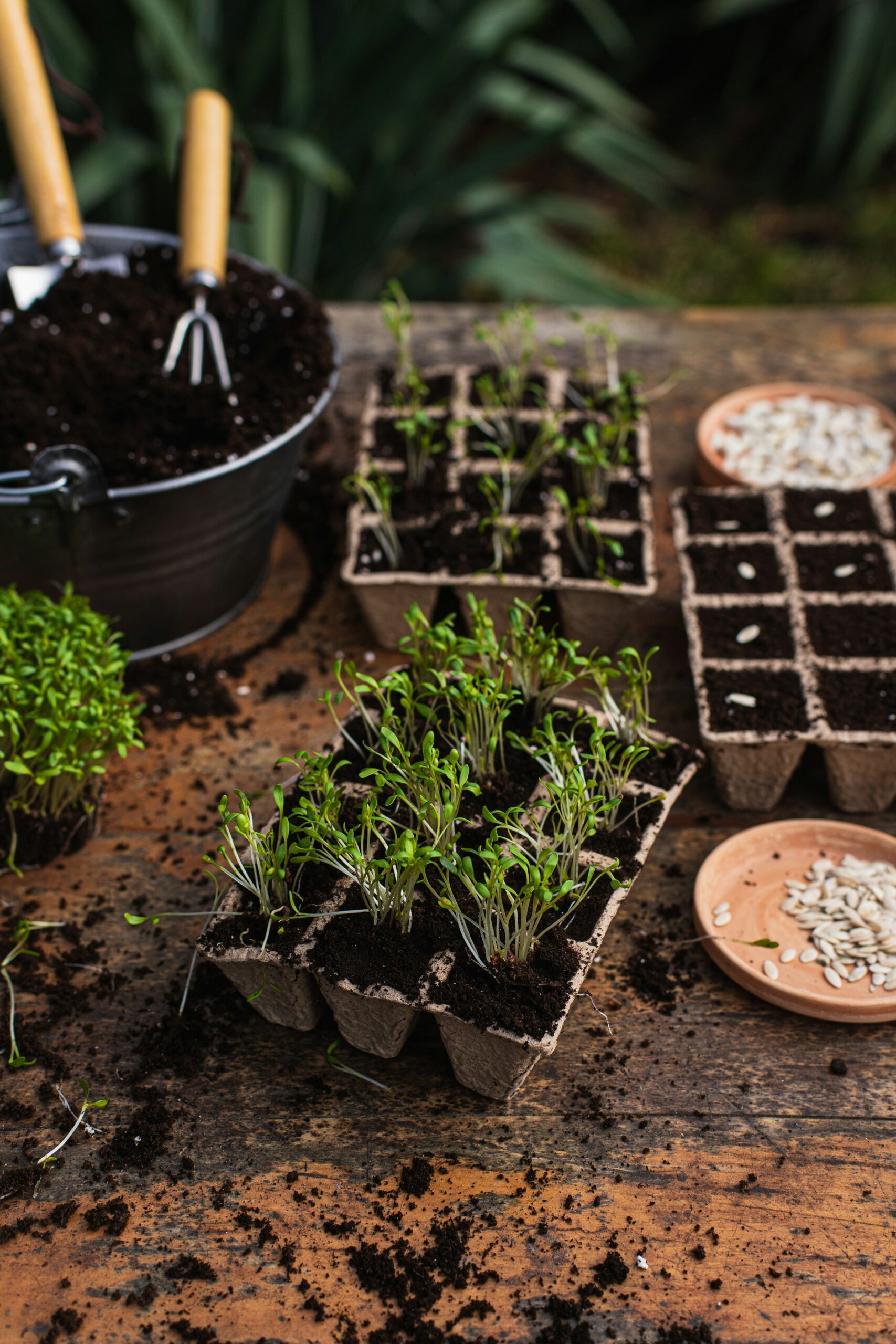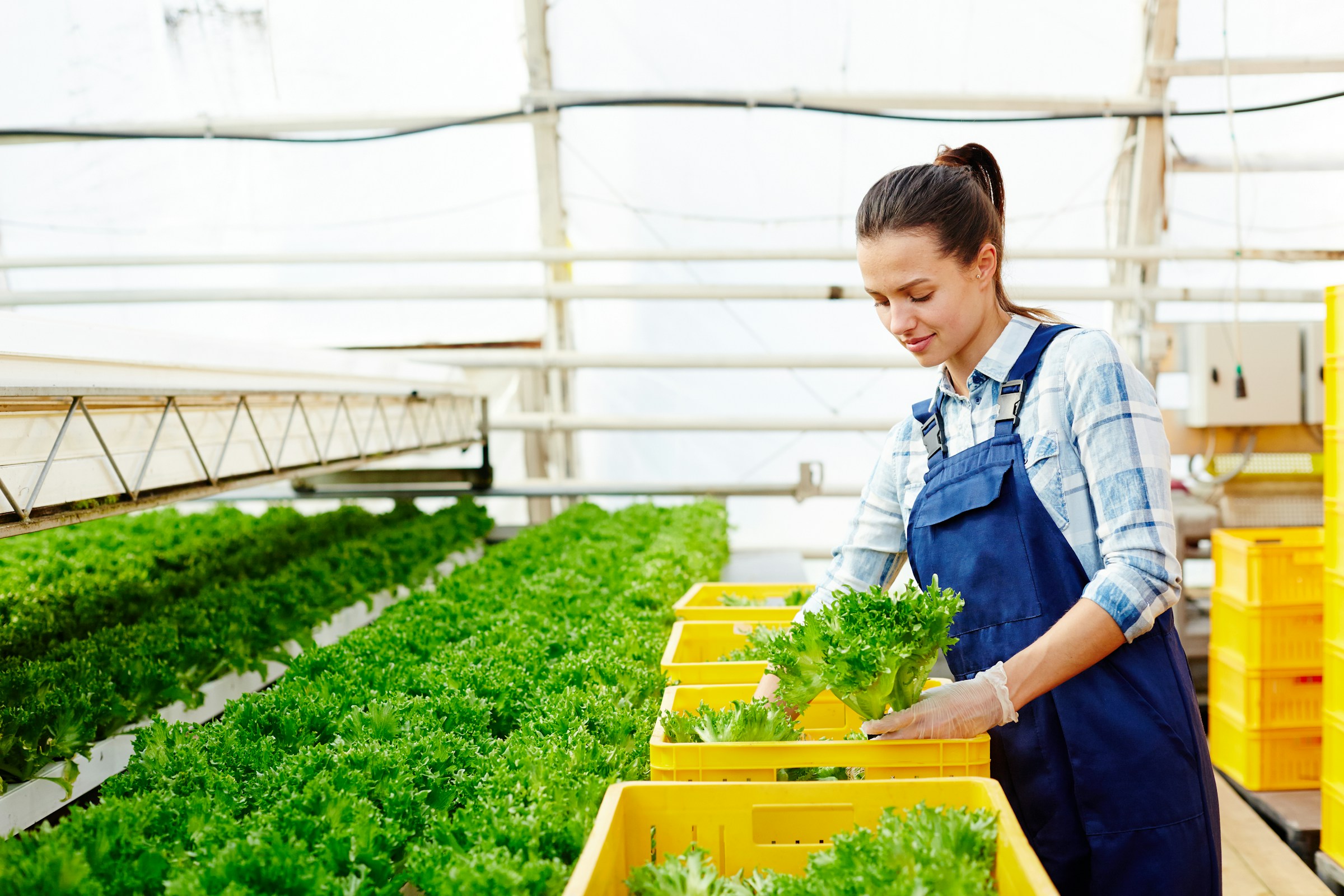Have you ever wondered how some lawns maintain their vibrant, green appearance year after year, while others seem to struggle and fade away? The secret to their success may lie in a simple yet effective technique called overseeding.
This article will delve into what is overseeding, exploring its benefits, techniques, and the transformative power it holds for your lawn.

What is Overseeding?
Overseeding is a lawn care practice that has been used by professionals and homeowners alike to revitalize and rejuvenate their grass. But what exactly is overseeding, and how does it work? In essence, overseeding involves sowing grass seed directly onto an existing lawn without tearing up the turf or soil. This technique aims to fill in bare spots, thicken the grass, and introduce new grass varieties that can enhance the overall health and appearance of your lawn.
The Hidden Benefits of Overseeding:
At first glance, overseeding may appear to be a straightforward process of simply adding new grass seed to your existing lawn. However, the benefits of this technique are far more profound and wide-ranging than meets the eye. By introducing fresh grass seed into your lawn, you can unlock a multitude of advantages that will not only enhance the appearance of your grass but also improve its overall health and resilience.
Filling in Bare Spots and Thickening the Grass
One of the most notable benefits of overseeding is its ability to fill in bare spots and thicken the grass, resulting in a more uniform and lush appearance. Over time, lawns can develop bare patches due to various factors such as heavy foot traffic, pest infestations, or disease.
Overseeding targets these areas by introducing new grass seeds that will germinate and grow, effectively filling in the gaps and creating a more consistent, carpet-like appearance. Moreover, as the new grass grows alongside the existing grass, it will contribute to a denser, thicker lawn that is more visually appealing and better equipped to withstand future stresses.
Improving Overall Lawn Health
Overseeding provides an excellent opportunity to introduce new grass varieties that are specifically bred to be more resistant to diseases, pests, and environmental stresses. By diversifying your lawn with these improved grass types, you can create a more robust and resilient ecosystem that is better able to fend off potential threats.
For example, some grass varieties are developed to be more resistant to common lawn diseases such as dollar spot or brown patch, while others are bred to be more tolerant of drought or extreme temperatures. By incorporating these superior grass types into your lawn through overseeding, you can significantly improve its overall health and vitality, leading to a stronger, more vibrant lawn that requires less intervention and maintenance in the long run.
Enhancing Recovery from Damage
Lawns are subject to various forms of damage throughout the year, whether it's from heavy foot traffic during outdoor gatherings, the stresses of drought or extreme heat, or the wear and tear of everyday use. Overseeding plays a crucial role in helping your lawn recover from these damaging factors by introducing new, healthy grass plants that can fill in the affected areas and promote faster healing.
The new grass seedlings will help to stabilize the soil, prevent erosion, and create a denser root system that can better withstand future damage. Additionally, the increased grass density resulting from overseeding will help to distribute foot traffic more evenly, minimizing the impact on any one particular area of your lawn.
Reducing the Need for Excessive Fertilization and Watering
A healthy, dense lawn that is achieved through regular overseeding is more efficient at utilizing resources such as water and nutrients from the soil. The increased grass density means that there is a greater surface area for photosynthesis, allowing the grass to produce more energy and grow more vigorously.
This, in turn, leads to a deeper, more extensive root system that can access moisture and nutrients from deeper within the soil profile. As a result, a well-overseeded lawn will require less frequent watering and fertilization, as it is better equipped to absorb and retain these resources. This not only saves you time and money on lawn maintenance but also contributes to a more sustainable and environmentally friendly approach to lawn care.
Uncovering the Secrets of Successful Overseeding
Overseeding is a highly effective way to rejuvenate and improve the overall health and appearance of your lawn. However, to truly reap the benefits of this technique, it's crucial to understand the proper methods and timing involved. The success of your overseeding endeavor hinges on several factors, including the type of grass you have, your local climate, and the specific steps you take during the process.
Timing is Everything: When to Overseed Your Lawn
One of the most critical aspects of successful overseeding is choosing the right time to do it. The ideal timing for overseeding varies depending on the type of grass you have and the climate in which you live.
Cool-Season Grasses
For cool-season grasses, such as fescue, ryegrass, and bluegrass, the best time to overseed is in the early fall, typically between late August and early October. This timing is ideal for several reasons:
- Soil Temperature: In early fall, the soil temperature is still warm from the summer months, which is conducive to seed germination. Cool-season grass seeds typically germinate best when soil temperatures are between 50°F and 65°F (10°C and 18°C).
- Reduced Weed Competition: As the weather cools down in the fall, the growth of many common lawn weeds begins to slow down. This means that your newly overseeded grass will have less competition for nutrients, water, and sunlight, giving it a better chance to establish itself.
- Optimal Growing Conditions: The cooler temperatures and increased moisture levels in the fall create an ideal environment for cool-season grasses to grow and thrive. This allows the new grass seedlings to develop a strong root system before the harsh winter months arrive.
Warm-Season Grasses
For warm-season grasses, such as Bermuda, Zoysia, and St. Augustine, the best time to overseed is in the late spring or early summer, typically between mid-April and early June. Here's why:
- Soil Temperature: Warm-season grass seeds germinate best when soil temperatures are consistently above 65°F (18°C). In late spring and early summer, the soil has typically warmed up sufficiently to support good germination.
- Longer Growing Season: By overseeding in late spring or early summer, you give the new grass seedlings a longer period of warm weather to grow and establish themselves before the cooler temperatures of fall arrive.
- Adequate Moisture: Late spring and early summer often bring more frequent rainfall, which helps to keep the soil moist and supports the growth of new grass seedlings. However, be prepared to supplement with irrigation if natural rainfall is insufficient.
The Art of Overseeding: Techniques for Success
Once you've determined the ideal time to overseed your lawn, it's essential to follow proper techniques to ensure the best results. Here are the key steps to successful overseeding:
- Prepare the Lawn: Start by mowing your lawn shorter than usual, removing no more than one-third of the grass blade height. This will allow the new grass seed to reach the soil surface easily. Next, rake the lawn to remove any dead grass, debris, and thatch, creating a clean slate for the new seed.
- Choose the Right Seed: Select a high-quality grass seed suitable for your lawn type and climate. Consider factors such as shade tolerance, drought resistance, and disease resistance when making your choice.
- Apply the Seed: Use a spreader to ensure even seed distribution across your lawn. Follow the recommended seeding rate for your grass type, which is typically between 2 and 4 pounds of seed per 1,000 square feet of lawn.
- Rake the Seed: After spreading the seed, lightly rake it into the soil to ensure good seed-to-soil contact. This will help to improve germination rates and prevent the seed from being washed away or eaten by birds.
- Water Regularly: Keep the soil consistently moist but not waterlogged until the new grass seedlings are well-established. This typically means watering lightly and frequently, sometimes multiple times per day, depending on the weather conditions.
- Avoid Heavy Traffic: Minimize foot traffic in the newly overseeded areas to avoid damaging the delicate grass seedlings. Keep pets, children, and lawn equipment off the lawn until the new grass has grown tall enough to be mowed, which usually takes 4-6 weeks.
The Transformative Power of Overseeding
By unlocking the mysteries of overseeding and incorporating this technique into your lawn care routine, you can transform your lawn into a lush, green oasis. The benefits of overseeding extend beyond mere aesthetics, as a healthy, dense lawn is more resilient to environmental stresses and requires less maintenance in the long run.
As you embark on your overseeding journey, remember that patience and consistency are key. With time and proper care, your lawn will reap the rewards of your efforts, becoming the envy of the neighborhood.
So, armed with this knowledge, go forth and unlock the full potential of your lawn through the power of overseeding. Your grass will thank you for it, and you'll be well on your way to creating the lawn of your dreams.




